Many modern families live inactive lives that don’t encourage their kids to do any physical activities. After a long day at school, the kids come home, eat, and then refuse to get up from the couch to play a board game or do anything else unless they have to.
The epidemic of obesity and other lifestyle-related diseases like hypertension, coronary heart disease, and type 2 diabetes is alarming. A generation ago, you seldom heard about children being diagnosed with lifestyle-related disorders. But in the past few years, there have been more reports of these conditions being found in young children. Having a non-healthy lifestyle is the main cause of this. Children have a lot of energy that needs to be used in the right way every day for them to grow up normally. Because most parents are working and have little free time to keep an eye on their children, they often buy them electronic devices to keep them engaged.
The majority of children in the past practiced sports without any specialized gear at all, whether it was cricket in narrow alleys, football on a field no more than a few square kilometers, or basketball by throwing the ball against a wall. Kids used to play improvised games to burn off energy, such as hide-and-seek, tag, and others. However, modern children appear to be more linked to the games on their devices and show little interest in traditional forms of play. Because of this, they need to effectively organize their time to achieve their growth goals. Parents are getting more and more worried that their kids will get dangerous lifestyle diseases if they don’t force them to be active.
Sports for Children
Children can learn skills that will help them throughout their lives by playing sports and doing other physical activities. With the pervasiveness of technology in children’s lives today, there is an ever-increasing need for them to engage in physical activity to counteract the negative effects of this trend. Check out the best outdoor sports activities for kids to help them reach their full potential and adopt a healthy lifestyle.
1. Football
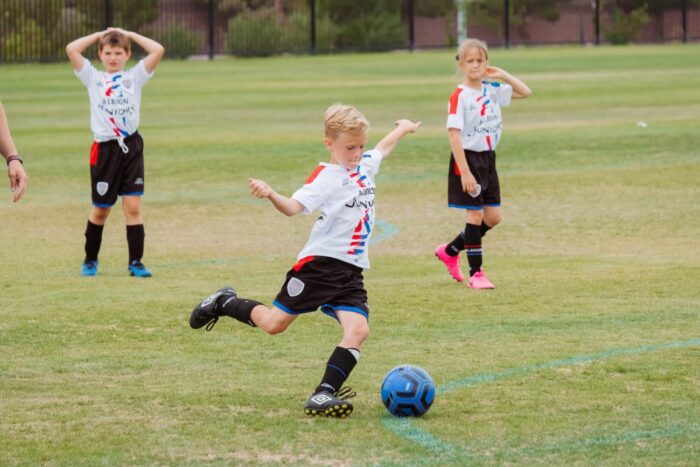
Source: unsplash.com
Most people agree that football is one of the best sports for kids to play. Many young people all over the world are getting ready to compete in a sport that can be taught to kids as young as 4. Thanks to the efforts of world-renowned players, soccer has gained a reputation for being an exciting spectator sport. In addition to helping people work together, be fair, and be disciplined, the game has other benefits for health. Strength, mobility, balance, coordination, metabolic regulation, and stamina are all boosted. Foot agility, balance, and stamina all see significant boosts from juggling the ball. Learn more about what is happening in the world of football over at Lordping.co.uk.
2. Swimming
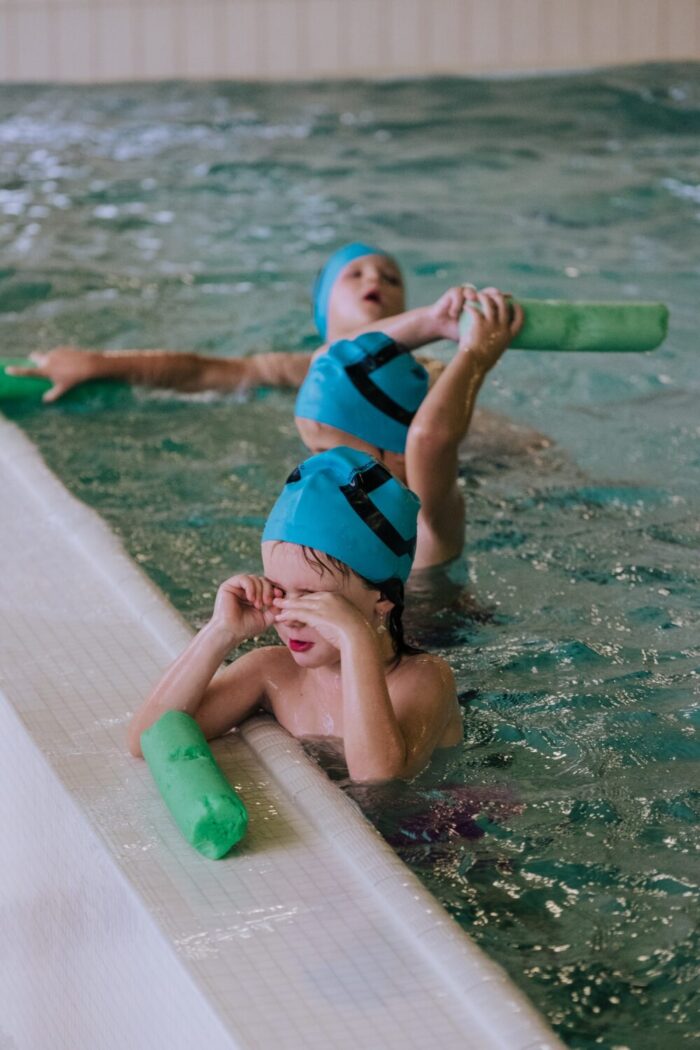
Source: unsplash.com
This is an excellent activity for overcoming apprehension of both heights and water, and a skill that, once acquired, is difficult to forget. It’s a great way to help your kid improve their skills on their terms, without feeling pressured to compare themselves to anyone else. Swimming builds lung strength by teaching you how to control your breathing in the water. It also builds muscle strength by making you practice different strokes.
3. Cycling

Source: unsplash.com
Kids of all ages have an insatiable desire to own bicycles. Why not make it a sport meant to promote individualism, self-reliance, and pride? Now that there are numerous options for bicycles, you and your kids can enjoy a wide range of cycling pursuits. A child’s first lessons in riding are those of caution on the road and perseverance. They gain social tolerance, self-control, and confidence as a result. But the health advantages far exceed the social ones. Leg strength, reflex coordination, balance, weight control, and cardiovascular health all get significant boosts from regular cycling.
4. Roller Blading

Source: unsplash.com
Professional skating lessons aren’t cheap, but even though they are expensive, skating is becoming more and more popular among young people. Kids will benefit much from taking part in this pursuit. Skating is a great way to practice patience and sharpen your reflexes. It improves agility, muscular strength, cardiovascular fitness, and balance.
5. Basketball
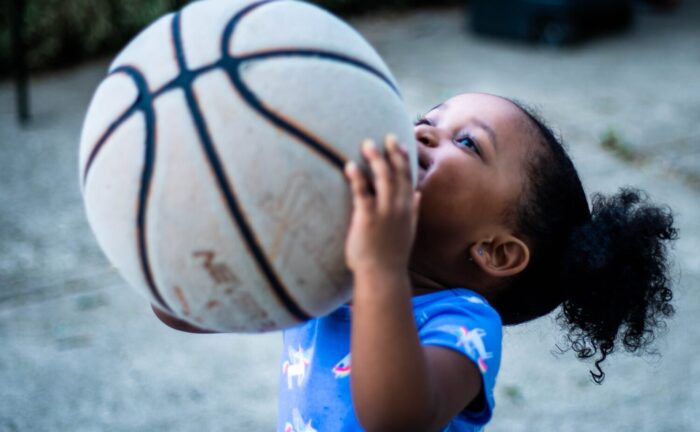
Source: unsplash.com
The simple equipment required to play the game (a ball and a hoop) makes it a fantastic way to encourage kids to get moving. The sport has a lot of good things about it, and one of them is that it can get kids who wouldn’t normally join a team to do so. Defense and offense help children master their bodies. Making rapid passes and dribbling the ball both help develop quick reactions and better eye-foot coordination. Muscle strength is increased and agility is developed through running about with the ball.
6. Walking

Source: unsplash.com
Even though it may not seem like a sport, walking is one of the most beneficial forms of exercise that children may be encouraged to engage in. Kids in the West are rewarded if they walk to school because doing so has many positive effects on their health. Walking together as a family is a great way to bring people closer together and help them talk to each other. Connecting with nature and getting some exercise at the same time are two of the many benefits of going for a stroll.
7. Gymnastics
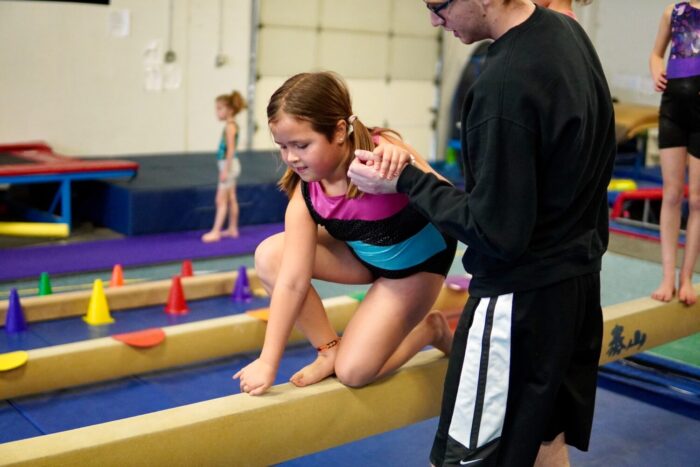
Source: unsplash.com
Despite being an Olympic staple, its popularity among young people is on the rise. Experts in the field instruct children using modern teaching tools and encourage their natural abilities. Gymnastics’ primary value lies in improving one’s equilibrium and mobility. The activity helps a child get as mobile and agile as possible because it requires quick reflexes and quick footwork. The child is encouraged to be brave and confident in their social interactions.
8. Cheerleading
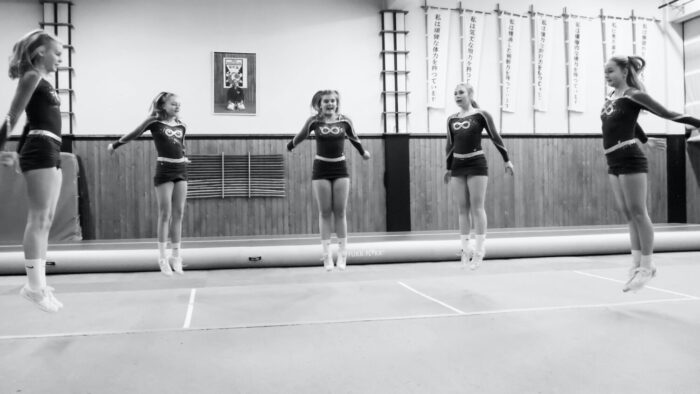
Source: unsplash.com
It might be a terrific way to get active and make new friends, especially for girls who aren’t often drawn to sports. It’s a high-energy sport that calls for optimism and zeal. Cheerleading is a great way to get people to work together because it helps people grow as individuals and makes them more flexible, agile, and rhythmic. Exercise is a great way to maintain a healthy weight and boost your balance because it keeps you moving.
9. Martial Arts
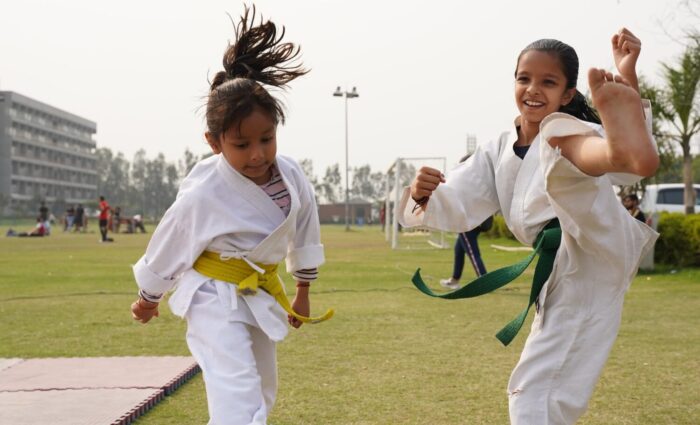
Source: unsplash.com
As more and more institutions come to appreciate its usefulness, martial arts are increasingly being incorporated into school schedules as a form of physical education. A child’s physical, emotional, and spiritual development can all benefit from participating in a sport like judo. Self-control is fostered through judo training. Most people think of it only in terms of combat or self-defense. But it also teaches discipline and concentration. It includes drills in throwing and punching, and the kid learns how to do both while developing their talents and adhering to the sport’s norms.
